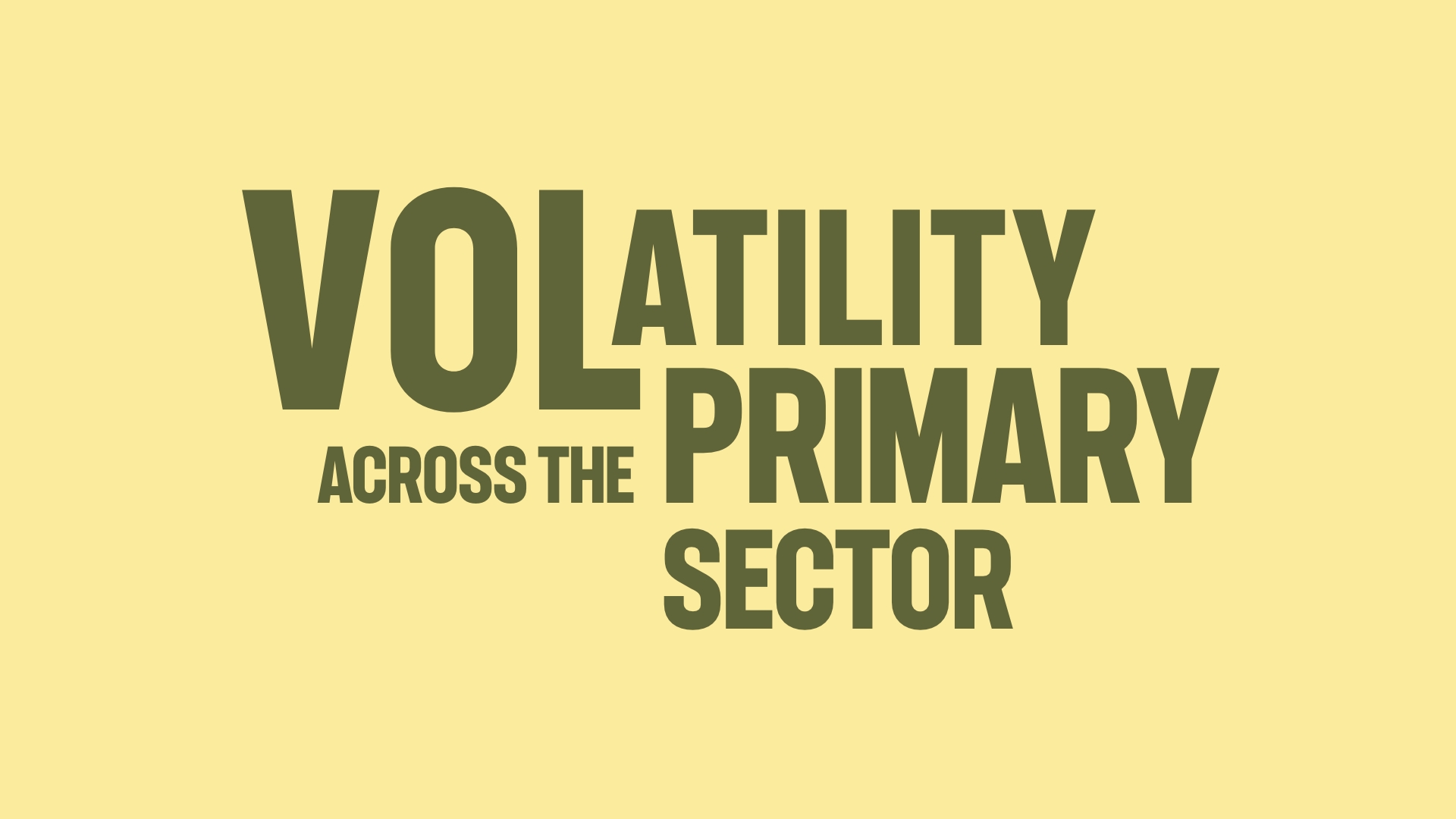AgriPulse
AgFirst & Tracta Quarterly Update
February 2025

Introduction
Welcome to 2025!
Compared to twelve months ago, the primary sector is in a much stronger position, and farm optimism has lifted considerably. Beef, lamb, wool and dairy prices have all lifted. Horticulture returns remain strong, particularly kiwifruit. Weatherwise, most regions are having a good season. The exceptions are Southland which had a very tough start to the season, and currently the Waikato region is getting very dry – watch this space. However, there are very high levels of supplementary feed reserves available, providing farmers with good options for feed planning over the weeks ahead.
What lies ahead for 2025? Three key points come to mind:
- The increase in beef and lamb prices is largely a short-term response to supply/demand issues at both the local processing level and also an imbalance in global trade. This is welcomed, but does it mask the fundamental issues of oversupply in local processing and the fact that we are still largely commodity producers? Additionally, our productivity in these sectors remains stagnant – we need to solve this issue to ensure a vibrant future.
- Geopolitics have the potential to throw some curveballs into any forecasts. The current tariff disputes between US, Canada and Mexico are a case in point, and New Zealand could get caught in the crossfire.
- AgTech: I think we are starting to see a revolution in how we farm. Perhaps this is one of the keys to unlocking the productivity challenge?
I am looking forward to both the challenges and opportunities for the year ahead. Let’s make the most of the increased product prices to set our farm businesses up for long term success.
James Allen, AgFirst
Dairy Sector Update
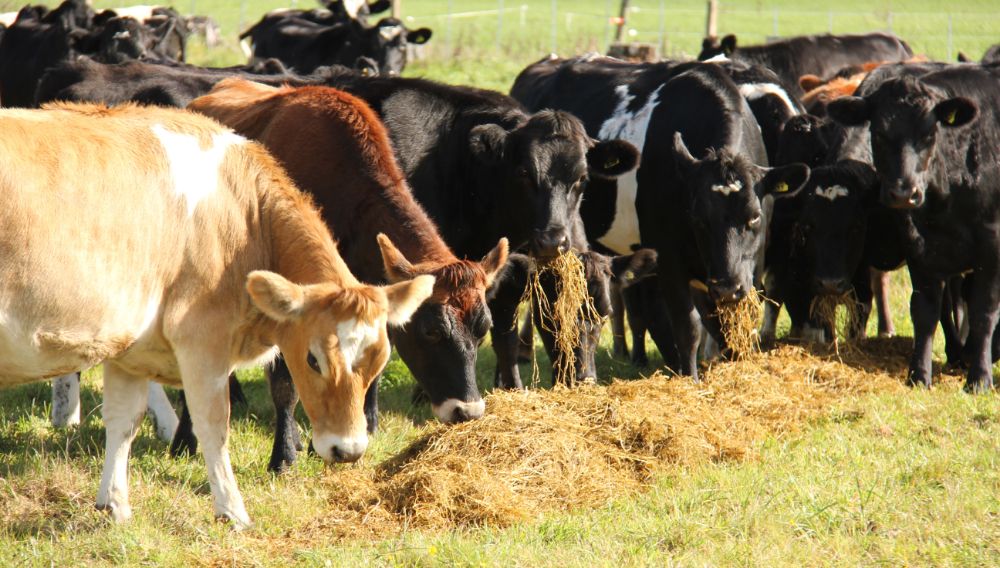
The dairy sector remains in a buoyant mood as 2025 “kicks off”. On the back of a further lift in the forecast milk payout to a mid-point of $10 / kg milksolids, and for some regions a little mid to late – December rain, the season has kept ticking over quite nicely. Fonterra report that milk production is up 3.4% for the season to date.
In some regions it is starting to get very dry however, very quickly. With little or no rain through January in many Northern regions this may impact on second half of season expectations. NIWA published data shows that soil moisture levels are now well below not only this time last year but also the long-term average status for mid-summer for a wide part of the country. Some serious rainfall will be needed soon in many regions to keep the milk production momentum going.
Relative to the increased Fonterra farm gate milk price range, of $9.50 to $10.50 kgMS and at least $10 /kgMS forecasts by other processing companies, the cost of supplementary feed is much more acceptable this season. There has certainly been plenty of scope to add extra “purchased in” feed to push milk production along. Farmers are taking advantage of this opportunity.
Cull cow prices too are well above the norm, still knocking on the door of $5.00 / kg of carcass. One might anticipate this should hold steady for longer into 2025 late summer / early autumn period given the knowledge that most meat companies are likely to continue to have spare processing capacity for a while yet.
Those farmers carrying mortgages are also breathing a little easier this quarter as the cost of borrowing continues to fall, in line with a marked reduction in the OCR since mid-2024. Feedback from a range of Rural Bank managers suggests that dairy farmers noted a significant improvement in their cashflow positions during the period November to January, as the positive impact of higher YTD seasonal milk production and a lift in the advance rate paid by the companies started to filter through. They add however that most farmers are not going out on a “spending spree” just yet and may sit on their hands for a while, to get a better feel for what lies ahead. As loans roll off fixed term rates, onto floating or shorter fixed terms, the rates are 1-2 percentage points below their previous status. Up to another 50 base point drop is expected by many in the coming weeks.
In general, the feedback from farmers remains positive with most feeling that things could swing their way again over the next couple of seasons.
Peter Livingston, AgFirst
Sheep & Beef Sector Update
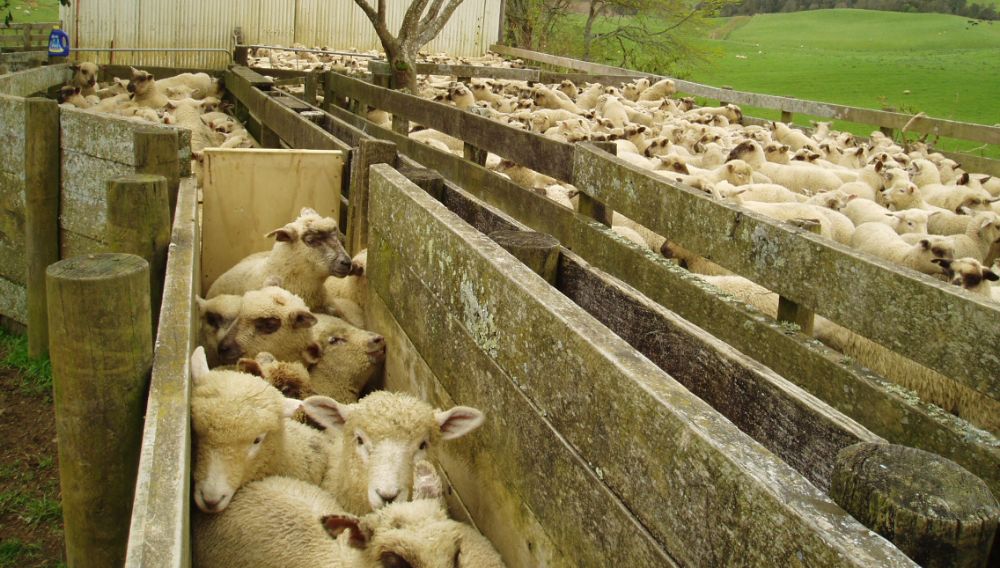
New Zealand’s sheep and beef sector continues to navigate turbulent waters as we move through 2025. Rising costs, lower commodity prices, and high interest rates have squeezed farm profitability, with Beef + Lamb New Zealand (B+LNZ) forecasting a 7.4% decline in farm profits for the 2024–2025 season. At the same time, large tracts of farmland—over 260,000 hectares since 2017—have been converted to forestry, exceeding Climate Change Commission recommendations.
To curb this trend, the government has introduced changes to the Emissions Trading Scheme (ETS). The new policy includes a three-year moratorium on full-farm conversions of highly productive land (LUC 1-5) and caps annual ETS registrations for LUC 6 land at 15,000 hectares. However, certain lands, including native forests and specific Māori land categories, remain exempt.
Despite these challenges, there are positive signs for farmers. Wool prices have rebounded enough to cover shearing costs, with good-quality crossbred fleece fetching over $4.00/kg clean. Experts predict the greasy price could rise to $4.00/kg by year-end, driven by demand for farm-assured wool under certification programs like G.A.P and NZFAP+.
Lamb prices have also strengthened significantly. Current prices sit around $8.05/kg gross—up 22% from June 2024 and 11% above the five-year average—due to strong consumer demand, a weaker NZ dollar, and lower-than-expected lamb numbers. Meanwhile, the national sheep flock continues to decline, with breeding ewe numbers dropping by 5.4 million over the past decade, reducing the national flock to just 23.3 million.
Beef prices are also climbing. The U.S. imported 95CL price has hit a record NZ$12.00/kg, while the 90CL sits at $11.50/kg—both up 40% from early 2024. A global decline in beef production, particularly in the U.S., Australia, and Brazil, suggests strong prices will continue into 2026. Domestically, reduced cattle numbers and good pasture conditions have kept store cattle prices high.
Silver Fern Farms (SFF) has announced new Scope 3 emissions reduction targets, aiming for a 24% decrease in beef-related emissions and a 10% cut in sheep-related emissions by 2033. While SFF insists these targets won’t be enforced at the individual farm level, many farmers remain sceptical, arguing that sequestration is ignored in emissions calculations. Critics warn that increasing regulation could hand control of farming practices to biotech monopolies.
The government has committed to a new climate target under the Paris Agreement—cutting emissions by 51-55% from 2005 levels by 2035. Critics, including Groundswell NZ, warn that such policies could drive food production offshore, increasing global emissions rather than reducing them.
With shifting market conditions, regulatory changes, and potential U.S. trade tariffs under a returning Trump administration, 2025 is shaping up to be another year of big challenges and opportunities for New Zealand farmers.
Sean Bennett, AgFirst
Horticulture Sector Update
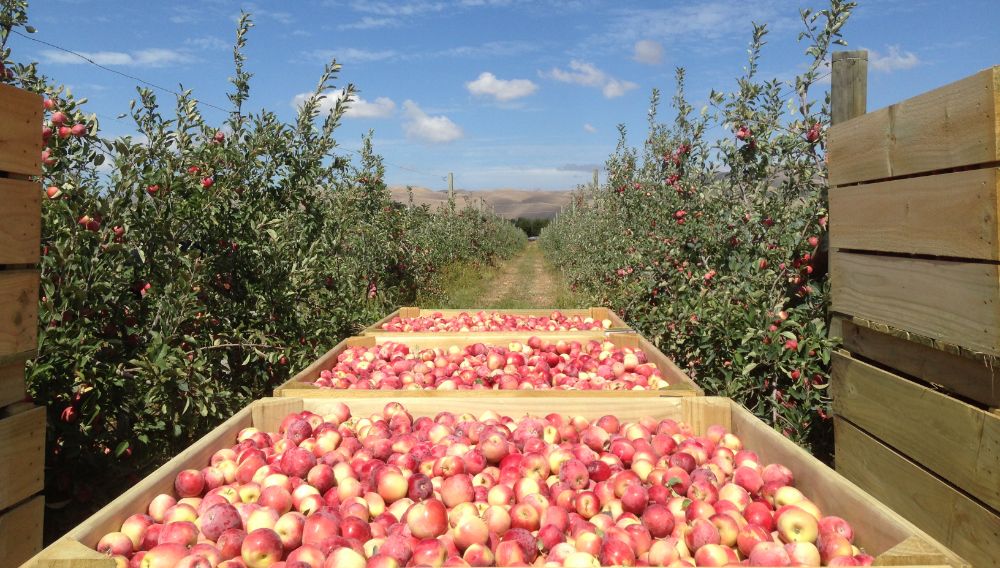
Apple growers are looking forward to another promising season, with overall volumes expected to rise by a modest 10%. Both fruit quality and size have improved compared to last year, and harvesting has already begun for early Honeybelle pears and apple varieties such as Possie. Favourable weather conditions leading into harvest have contributed to excellent apple and pear production, setting the stage for another strong year.
As the kiwifruit harvest season approaches, the industry is poised for a significant boost in yields. RubyRed kiwifruit production is expected to double this year, reaching over 3 million trays, with harvesting set to commence in mid to late February. Meanwhile, the ever-popular SunGold variety is also seeing a manageable increase of approximately 10 million trays, bringing the total crop to an estimated 138 million trays.
Early indications suggest that SunGold fruit size is tracking similarly to last year, with dry matter levels comparable to previous seasons. Overall fruit quality appears excellent, reinforcing expectations that SunGold will continue to perform strongly in global markets.
In further good news for SunGold growers, Zespri has secured a favourable insurance settlement regarding the Crown Garnet mice incident. A shipment of fruit was destroyed due to a mouse infestation while en route to market, resulting in a total loss. The successful insurance claim will add an estimated 17-18 cents per tray to grower returns, providing a welcome financial boost.
Zespri has announced that this year’s SunGold licence release will open on February 25th, culminating in online auctions in early May. Growers looking to participate must register and adhere to the set guidelines.
This year’s restricted SunGold cutover price starts at $295,000 per hectare, while the unrestricted pool starts at $318,000—a 25% reduction from last year’s successful bids. Auction prices are expected to rise until they align with the area allocated for sale. A total of 350 hectares will be up for auction this year, up from 250 hectares in 2024.
With both kiwifruit and apple crops showing strong potential, 2025 is shaping up to be a year of growth and opportunity for the industry.
Steve Spark, AgFirst
Agri Outlook
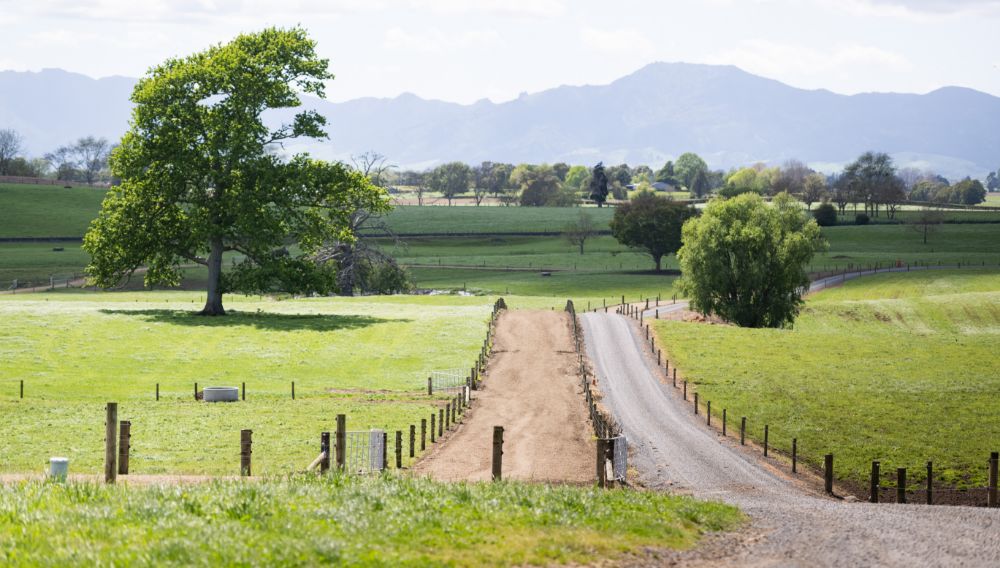
Farmers cashflow and spending trends are an important consideration for the wider agricultural industry and professionals assisting farmers. Understanding these financial patterns allows for informed decisions, and ensures businesses remain resilient in an ever-changing environment.
It is important each farmer understands their own cost structure and therefore break-even point, so when changes in forecast payout, major costs (like finance) or production levels influenced by weather patterns occur they can plan accordingly.
Currently, interest rates are trending down with many Dairy Farmers going from rates the end of last season in the lower 8% range to currently the higher 6% range, approximately a 1.5% decrease for the cost of funds for the average Dairy Farmer.
Further, Dairy payout forecasts (based on Fonterra payouts) are indicating a $1.76 increase in payout per KG for a May balance date farmer. Therefore, for a Dairy Farmer producing 150,000 kgs milksolids, and say $3m of debt, increases in payout and a reduction in interest costs is leading on average to improved cashflow of approximately $310,000 this season.
These average trends need to be reviewed to each Farmers own business operation to further consider items such as change in production, one off expenditure or a change in business operation. By reviewing the farmer can then make decisions to better manage their business and cashflow, examples include:
- Take the opportunity to reduce debt
- Catch up on deferred maintenance items
- Invest in capital to improve the farming business operation
- Have, probably, an overdue holiday
- Plan for increased taxes
On taxes, in the example outlined above, a $310,000 increase in cashflow would lead to approximately an increase of $100,000 in taxation payable for the 2025 season and going forward $105,000 for the 2026 season. Discussions need to be had with the Farmers Chartered Accountant to confirm how this increased tax is managed. Depending on their operating structure the increased 2025 tax would either be due June 2025 or April 2026, however there are options to manage.
We are finding similar volatility not only with Dairy Farmers, but across all sectors whether in horticulture, arable or drystock farming. It is good to see farmers generally adapting their business to the changing times through use of Technology and On Farm Governance to measure and improve their breakeven point and therefore profitability.
On Farm Governance not only includes day to day management, but also changing operations through new stock policies, crop rotations or types, managing risk through forward fixing contracts and diversification, employment of better labour and advisors and change of capital inputs to name a few. It is important for farmers to talk through options with their suppliers and advisors to understand and test what alternatives they could investigate to improve their business.
Technology is increasing used by farmers in many forms, a few examples we have seen include:
- Greater access to industry and local data whether this is from satellite services or published data from within the industry or better recording of their own past results
- Monitoring tools
- to control and report on livestock
- to provide localised data specific to their property on soil, water and weather conditions
- allow for targeted and direct application of resource whether this is fertiliser, water management, temperature control or stock food
- better management of Staff and Health and Safety matters
- Software packages to assist recording, comparing to history and forward forecasting of farm metrics.
Software packages to assist recording, comparing to history and forward forecasting of farm metrics.
With so many tools available, there is almost certainly a technology solution that can help improve your farm’s efficiency and profitability. The key is identifying the right options for your operation and leveraging them effectively. Farmers who stay ahead of financial trends, embrace technology, and adopt strong governance practices will be best positioned to thrive in the evolving agricultural landscape.
Grant Eddy, Cooper Aitken
Considerations for marketers
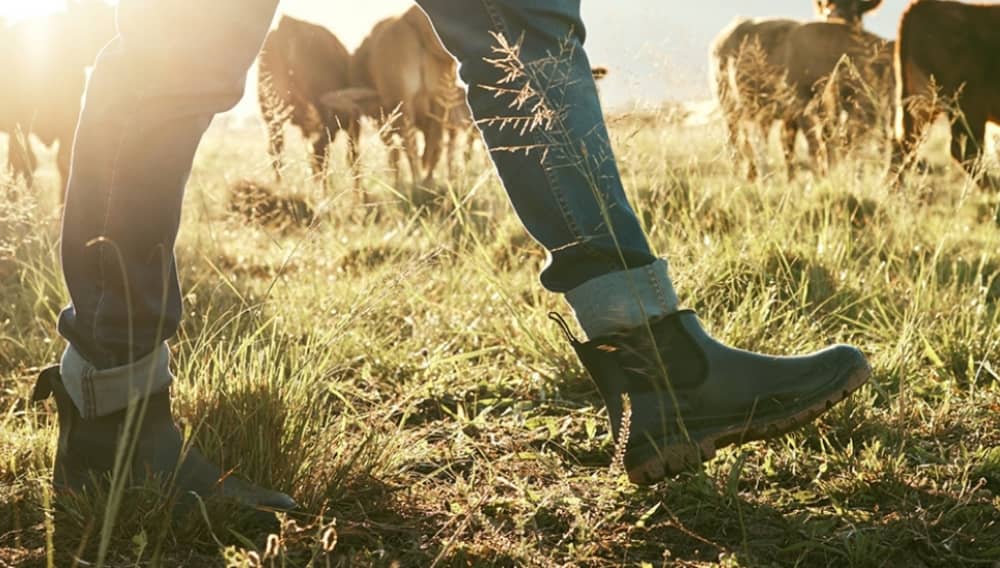
The shift in overall sector sentiment presents significant opportunities for marketers targeting farmers, growers, and agribusinesses. While current indicators suggest that the prevailing optimism hasn’t yet translated into an immediate increase in on-farm spending, this is forecast to rise in the short to medium term. Marketers should be actively deploying tactics that position their brands prominently in front of these audiences, firmly establishing their brand in the minds of these customers before they are ready to purchase. This may be a difficult conversation with the C-Suite at present, as it might not be possible to guarantee immediate returns. However, be confident that the long-term benefits of this activity will pay dividends.
Following the past two years, we recommend marketing messages should reflect the newfound optimism, while also maintaining a degree of realism. Products, services, and messaging that directly address productivity challenges, streamline financial management, and help navigate impending sustainability regulations are likely to be most relevant, given current market conditions.
Sustainability is a particularly interesting topic for us at present. Our research indicates a reduced focus on this area within the local agribusiness sector, in contrast to a growing global movement among key international players like Mars, Nestlé, Unilever, and Olam, concerning their Scope 3 emissions targets. This trend is coupled with a consistently increasing global consumer demand for more sustainable produce. The next 12-24 months will be a critical period, and our advice to brand managers is to maintain sustainability as a core element of their overall brand strategy. This proactive approach will ensure they are well-positioned to gain a competitive advantage in the medium to long term.
Finally, as a significant majority of agribusiness brands once again flood the market with their latest product features and benefits, we recommend taking a bolder approach to stand out from the crowd. Consider investing a portion of your budget in building brand campaigns that demonstrate your commitment and actions to supporting farmers in navigating the challenges and achieving success in 2025. Based on this quarter’s update, there’s still no shortage of challenges to address, and the exposure gained from such activities will far outweigh the reach achieved through traditional product promotions. Some commendable examples of this approach include Zoetis’s recent ‘Change it Up’ platform for livestock drenching, Fonterra’s ‘Your Co-op’ campaign, and Rabobank’s Community Fund campaign.
Kurt Sandtmann, Tracta



